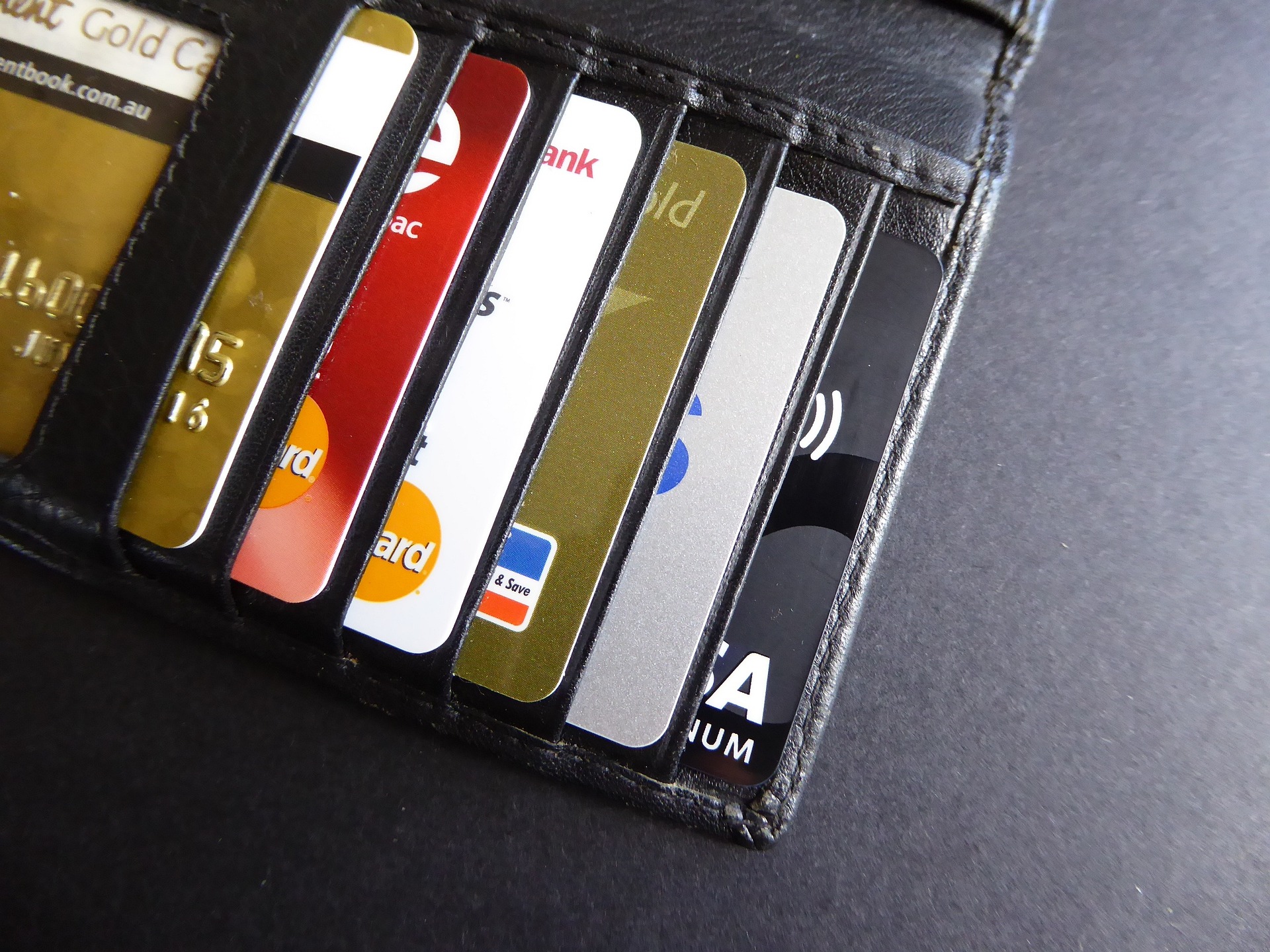A Deep Dive into Green Bonds: Financing a Sustainable Future
Green bonds have become a hot topic in the finance world over the last decade. These are fixed-income securities designed to raise funds for environmentally friendly projects. The first green bond was issued by the European Investment Bank in 2007, and since then, they've gained significant traction. In 2020, green bond issuances reached a record high of nearly $270 billion, a testament to the growing interest in sustainable finance.
The Appeal of Green Bonds
Green bonds are an attractive investment option for a few reasons. Firstly, they offer a way for investors to contribute to environmental causes without sacrificing potential returns. The returns on green bonds are often competitive with those of traditional bonds, making them an enticing proposition for conscious investors. Secondly, green bonds are typically backed by the government or large corporations, ensuring a lower risk profile.
The Green Bond Market Today
The green bond market has experienced exponential growth over the past decade, primarily driven by heightened awareness of climate change and increasing demand for sustainable investment options. Today, there are green bonds available in various sectors, including renewable energy, clean transportation, and sustainable agriculture, providing investors with a broad range of options to align their portfolios with their environmental values.
The Impact of Green Bonds
The impact of green bonds extends beyond the financial realm. They play a vital role in addressing climate change by directing capital towards projects that reduce greenhouse gas emissions and promote sustainable development. Moreover, the growth of the green bond market has spurred innovation in other areas of sustainable finance, such as social bonds and sustainability-linked bonds.
Navigating the Green Bond Market
As with any investment, it’s essential to conduct thorough research before investing in green bonds. Here are a few key considerations:
-
Issuer Credibility: Look at the reputation and track record of the bond issuer. Reputable issuers are more likely to use the funds for legitimate green projects.
-
Third-Party Verification: Check if the green bond has been verified by an independent third party. This helps ensure the funds will be used for environmentally friendly projects.
-
Rate of Return: Compare the potential returns of the green bond with those of traditional bonds to ensure it aligns with your investment goals.
Practical Insights for Green Bond Investing
-
Diversify your portfolio by investing in green bonds from different sectors and regions.
-
Consider green bonds as a long-term investment. They often have a maturity period of 10-20 years.
-
Stay updated on green bond market trends and regulatory changes.
-
Consult with a financial advisor who has expertise in sustainable finance.
Wrapping Up
Green bonds represent a unique intersection of finance and sustainability, allowing investors to contribute to environmental causes while earning competitive returns. As awareness of climate change grows, it’s likely that the popularity of green bonds will continue to rise. As always, thorough research and careful consideration are key to successful investing, and green bonds are no exception.





